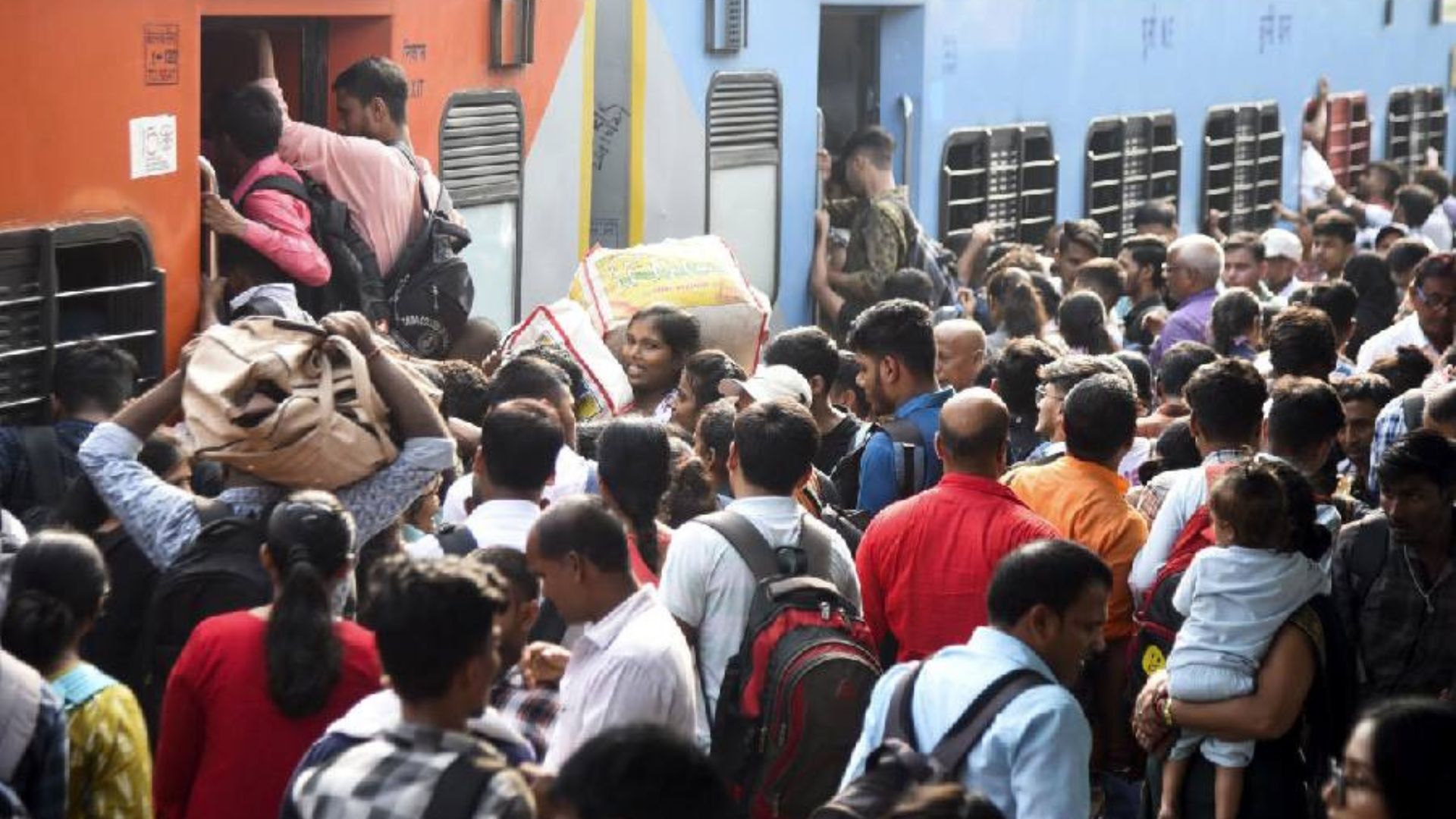India’s longest sea bridge, Mumbai Trans Harbour Link (MTHL) is poised to open this week, heralding increased economic integration between Mumbai and Navi Mumbai, extending connectivity to regions including Pune, Goa, Panvel, and Alibaug.
Despite being touted as one of India’s monumental transport infrastructure projects, it took nearly 60 years for the project to materialize. Over these six decades, the initiative underwent multiple redesigns, encountered numerous unsuccessful bidding processes, and faced setbacks due to the Ambani family feud before commencing construction in 2018.
Mumbai, as the economic hub of India, has long been central to the state’s commerce. Urban planners aimed to extend the economic benefits of this metropolis to the surrounding regions through enhanced connectivity.
The Initial Proposal
In 1963, the US consultancy firm Wilbur Smith and Associates proposed a bay crossing concept, suggesting a bridge between Greater Mumbai and the mainland. A study report was submitted to the Ministry of Transport on December 19, 1963.
Subsequently, committees formed in 1972 and 1978 by the Maharashtra government identified two alternative routes: a northern route linking Sewri with Nhava and a southern route linking Colaba with Uran.
Revival in the 90sThe project remained dormant for nearly a decade until it was revived in the late ‘90s by the newly established Maharashtra State Road Development Corporation. The project’s feasibility was reassessed, leading to the first tenders being floated in 2006 under a public-private partnership model.
In 2008, after a legal battle, Reliance Infrastructure, led by Anil Ambani, emerged as the preferred bidder. However, Anil Ambani exited the project in June 2008, prompting the state government to shift the responsibility to the Mumbai Metropolitan Region Development Authority (MMRDA) for a cash contract basis.















